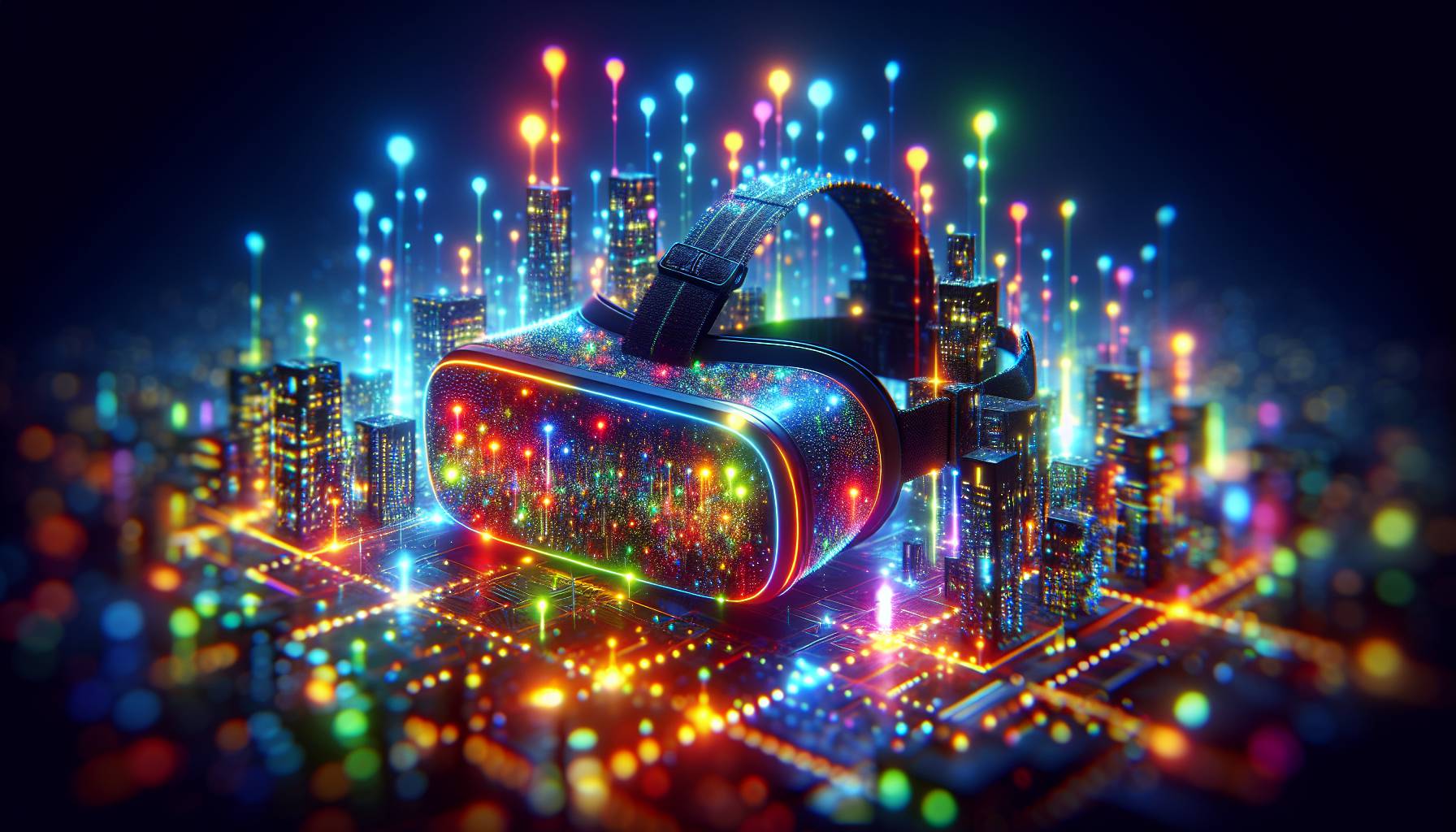Understanding the Importance of Engagement in Sales

I’ve always thought that the best salespeople are those you want to have a drink with. Someone who can comparatively hook you in, have a good yarn, and make you feel like you’re being listened to. Sounds Like sales is really about people and relationships - whether they like what you’re selling or not. Engagement is typically crucial when it comes to understanding sales.
And perhaps the most important thing is knowing that there are different types of engagement. What do I mean. Well, when it comes to sales, there’s active engagement where someone comes up to talk to you about something they’re interested in or passively engaging with someone on social media by liking their posts.
Both of these are very different types of engagement, and require different approaches. And because of this, companies have had to rethink how they engage with customers for different reasons. While passive engagement does get you some results, it doesn’t nearly get as many conversions as active engagement does.
As social media and technology become an ever-present part of our lives, more companies are leveraging interactive features across their marketing efforts to stand out in a saturated market. At the end of the day (and I say this from experience), engagement is more than asking your customer if there’s anything they’re looking for while they aimlessly browse around your store or passively liking your friend’s Instagram post about their new product launch hoping that they’d message you first. Engagement is all about how you interact with customers and ensure a smooth buying process so that it benefits both parties involved - even if it means feeling like an overbearing salesperson sometimes.
Feature 1: Interactive Quizzes and Surveys

Nothing quite grabs your attention like a pop quiz. Even if you don’t get a gold star at the end, interactive quizzes and surveys introduce a bit of fun into otherwise dull online shopping. And they are handy little tools that help show people the way around your store - minus pushy sales tactics. Quizzes stimulate curiosity and help customers discover what you offer while feeling seen and heard.
It’s rather clever, but these ‘game-like’ features can also transform browsing into buying fairly quickly because each answer reveals more about their needs and likes. I think people are more likely to buy from brands that deliver a highly personalised experience - as long as it isn’t too invasive. Sort of.
Of course, that depends on how you use these insights. It can be a little troubling for some folks to reveal ‘too much’, so it’s crucial you ask questions that keep things fun but relevant. Keep it playful yet authentic - not robotic or inappropriate. It seems like quizzes and surveys offer a win-win for everyone.
Shoppers walk away with their own preferences in mind, while you have more information than before about what works best for them.
Feature 2: Live Polls and Feedback Mechanisms

It can be fairly tricky to keep users on fashion sites engaged with the content. I Imagine i’ve noticed that there’s an immediacy and relatability in things like live polls and feedback mechanisms - people feel involved, they feel seen, and most importantly, they feel like you want to hear from them. Social media is more or less a great case study for how live polling does so well for engagement and community building.
It’s fun to have your opinions on matters heard, whether it’s about trivial things like pineapple on pizza or real issues like paying retail workers enough for their labour. Feedback mechanisms are another crucial tool (especially within online communities) as they provide vital context and insight into what people think of your products. Live polling and feedback are a wonderful way to collect data directly from users that can then be used to shape future collections or season drop themes. This makes users feel involved and invested in the decisions you make about your business - it becomes personal for them because now they’re rooting for the team they’ve actively chosen.
You might find you don’t have the capacity to implement all of their suggestions, but most users aren’t expecting perfection. A little acknowledgment goes a long way. I was at an event recently where every attendee was invited to participate in a live poll about what features we enjoyed most about the venue. At the end of the evening, the MC thanked everyone who’d voted, noted some of the poll results out loud, and said they’d be sharing this with management because sometimes stats get through more than direct feedback.
Feature 3: Gamification Elements

It’s funny, really, how we spend our days glued to screens playing games - even if it’s only for a couple of minutes. I Assume that little dopamine rush from getting it right. That’s where gamification comes in, because buying online can be a bit tedious.
Add a game and suddenly it makes even the most functional of websites somewhat fun. For starters, I think gamification could mean different things for different people. While some see loyalty points as a reward for being loyal, there are comparatively others who see their points as a challenge - how many more do I need to get that next voucher.
That means people will keep coming back to the website or the app looking to participate so they can move up the rewards ladder. But that’s not all - think about quiz based gamification too.
From fun holiday quizzes to quick product-matching quizzes - all are great ways to keep people engaged while also helping them discover what your brand has to offer. And then there are prize wheels - you know those spinning wheels of chance that decide your fate. Prize wheels are usually quite simple but almost always extremely popular with customers. Because it comes with the promise of exciting offers (and maybe even freebies), this is one that’s sure to have your audience in fits of excitement every single time they win something.
At the end of the day, I think gamification, when done well, is always a good idea. Sort of. It offers value and adds a sense of entertainment that’s otherwise lost when you’re scrolling through yet another webpage or catalogue on your phone or computer. Sort of.
The way I see it, it makes them feel like their time on your website is not wasted, which is perhaps a win in itself.
Feature 4: Virtual Reality Experiences

I Expect i never thought i’d see the day when sitting at my laptop, wearing a pair of dorky headsets, would unlock an entire store in front of my eyes. Virtual Reality, you have arrived. Sort of.
I’d say it was a game-changer, but it’s just too damn immersive for words. One minute I’m here, minding my own business, the next, I’m transported to a place where not only can I see the layout of a store, but also interact with the products like I’m physically there. Virtual Reality experiences make things almost too easy for customers and store owners.
VR experiences let shoppers browse products with ease - they can literally touch digital items or turn them around to examine them from every angle. It seems like this is far more exciting than ordinary online shopping if you ask me. If stores offer short introductory videos or gentle tips about their brand in video snippets as part of their VR experience, even better.
The best thing is often that anyone can use VR - regardless of age. Most platforms have made VR as simple as possible because it’s not meant to be complicated - all you do is put on your headset and shop away. Some experiences are even accessible without a headset, which makes this innovative technology one of those ‘unicorn’ solutions that everyone can get on board with.
Whether your audience is 7 or 70 years old - VR could be the solution you’re seeking. VR holds plenty of promise for most businesses out there. Beyond retail and eCommerce, VR can be used by schools to create an immersive learning environment for children and by the travel industry to showcase travel activities and destinations through virtual tours - before they’re ready to buy their ticket to Thailand.
The possibilities are endless; don’t let that terrify you.
Feature 5: Personalized Content Recommendations

We all want to feel seen - and I don’t mean a celebrity sighting. It’s nice when brands remember your birthday or send a little note for shopping with them for the third time this month. There’s something about knowing you’re being valued, whether that’s by someone or something, that keeps us coming back for more. I think consumers would feel that way too.
This is where content recommendations that speak directly to individual shoppers come in. There’s this unique mix of thrill and comfort when you get curated suggestions based on your preferences and history. It’s like having a personal stylist who never gets it wrong (I know it sounds impossible, but it’s real). More or less.
What it really does is create an experience - one shoppers are likely to remember. I like to think of online shopping as an adventure, whether it’s an hours-long trip or a quick pitstop. You never know what you’re going to find.
Or when you’re going to need your little black dress to go with those navy kitten heels you found on sale last week. With tailored content and suggestions, every second feels significant and relevant, elevating the entire experience from ordinary to sublime. Personalised content recommendations are more than small gestures of appreciation for your shoppers. I think they are the key to building trust and keeping them coming back for more - or for anything at all.


